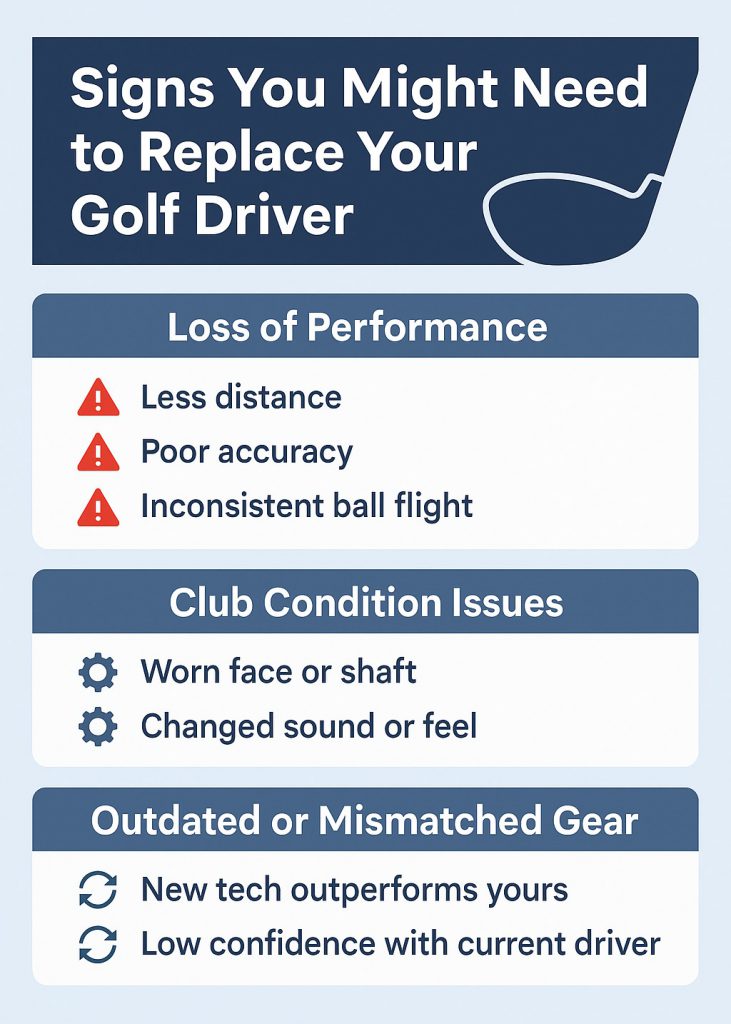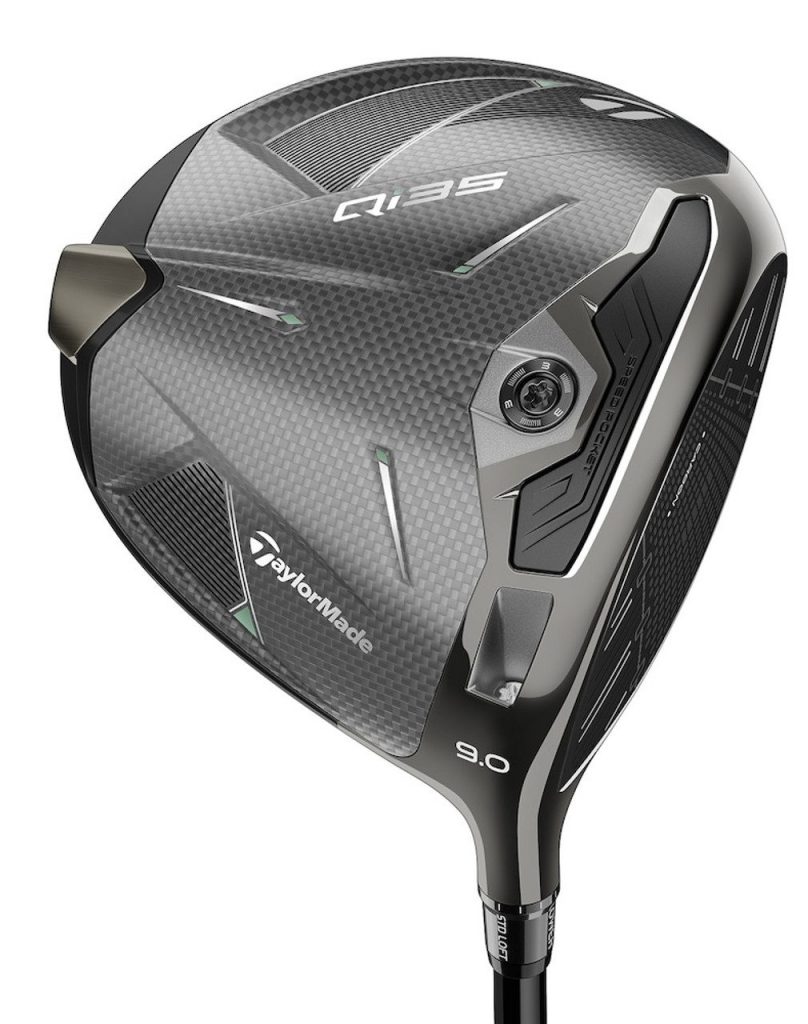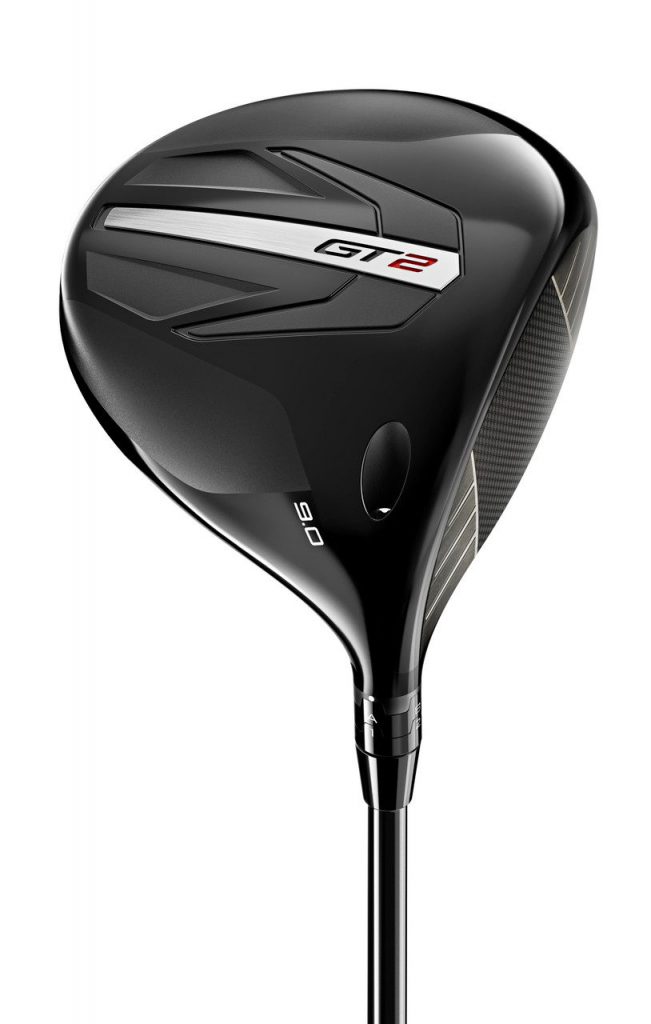How Often Should You Replace Your Golf Driver? Tips to Know When It’s Time to Upgrade
How do you know when it’s time to replace your golf driver?
I’m sure that question has crossed the mind of most golfers when they suspect their driver is starting to show some wear or they suspect their driver is working against them. Fear not! While it is a tough question to answer even for the pros, here is a simple guide and checklist on when you should start considering a replacement driver! We also give you a few alternatives to replacing your driver that you may not have considered. Let’s tee off!
Fore!!
So, What is the Lifespan of a Typical Golf Driver?
Well, as with many questions about golf gear, some of the answer relies on how often you golf and your level of play. For example, are you a weekend golfer, or are you more of a competitive player that gets out on the course more often? Or maybe, you are a golfer that falls between the two?

And then there is the question of technology. Club manufactures introduce several new advancements in drivers every 2 – 3 years. So, if you are concerned about keeping up and staying competitive, keeping up with the latest tech developments may be a big deciding factor for you.
Finally, consider how your current driver is performing. If you’re starting to notice a drop in distance, a change in sound or feel at impact, or if your shot dispersion has widened, it may be a sign that it’s time to replace your driver. Sometimes, it’s not just about age or tech—it’s about whether your driver still gives you the confidence to hit fairways consistently.

Here are a few simple guidelines on the lifespan of a golf driver:
- If you play golf once a week or more, consider replacing your driver every 3 to 5 years.
- Competitive or high-speed swing players may benefit from upgrading every 2 to 3 years.
- If your driver feels inconsistent or you’re losing distance, it may be time for a change.
- Big tech leaps happen about every 2 to 3 years. So, demoing the latest models can be worth it.
- Trust your gut! If your driver doesn’t inspire confidence anymore, that’s a good enough reason.
Paying Attention to the Signs Your Driver Needs Replacing
So, how do you actually know when you should update or replace your driver? I mentioned a few signs above, but here is a clear bulleted checklist to help you easily spot the signs.
- ☐ Noticeable drop in distance compared to your usual performance
- ☐ Ball flight feels inconsistent or unpredictable
- ☐ Sound or feel at impact has changed noticeably
- ☐ Visible wear on the clubface, crown, or sole
- ☐ Shaft feels loose, cracked, or doesn’t load like it used to
- ☐ You’ve been outdriven by your playing partners with newer equipment
- ☐ Struggling with accuracy even after adjusting your swing
- ☐ Newer drivers consistently outperform yours during demo or fitting sessions
- ☐ You lack confidence standing over the ball with your current driver

Breaking it down?
While one major red flag (like a cracked shaft or a sudden drop in distance) can be reason enough to replace your driver, most golfers should look for two or more signs before making the decision.
This helps rule out temporary issues like swing changes, weather conditions, or inconsistent practice. Or just a bad round or two.
Think of it like this:
- 1 checkmark? Maybe keep an eye on it.
- 2–3 checkmarks? It’s time to seriously consider a replacement or at least get a fitting.
- 4 or more? You’re likely overdue for an upgrade.
Other Reasons to (or NOT to) Replace Your Driver
Sometimes it’s not about damage or age! It could be about discovering that your current driver may not have been the best match for your swing to begin with.
Go get a professional club fitting. Many golfers are surprised to learn their driver’s loft, shaft flex, or length isn’t ideal for how they actually swing.
But here’s the good news: you may not need to buy a brand-new driver!
Some Alternatives to Replacing Your Driver
Most modern drivers feature adjustable hosels and movable weighting. A qualified fitter can often tweak your current driver’s loft, lie angle, or center of gravity to better suit your swing. And in some cases, simply changing out the shaft or upgrading your grip can completely transform how the club performs, all without the cost of a full replacement.
So, before you start browsing for something new, consider this: a quick fitting might save your swing and your wallet.
Main Takeaway
The decision to replace your golf driver can feel tricky… and expensive! But with a professional fitting and a quick performance checklist, the choice becomes much clearer. And don’t forget, there are often more budget-friendly solutions, like replacing the shaft or adjusting the loft, before investing in a brand-new club.
With the right changes, you’ll stay competitive and enjoy every round a little more.
Writer/Editor: Danny Kapp is a passionate golf enthusiast and a 9-year veteran golf blog writer for Rock Bottom Golf, offering his unique perspective on the game. With a keen eye for detail, he covers various aspects of golf, ranging from technical insights to the latest trends in golf equipment and golf technology.







